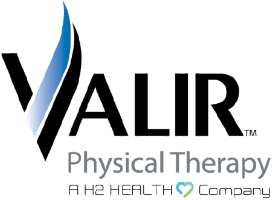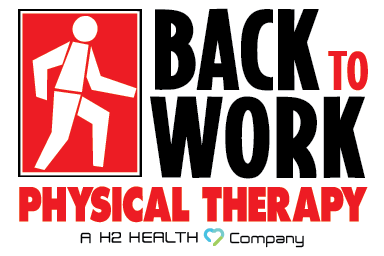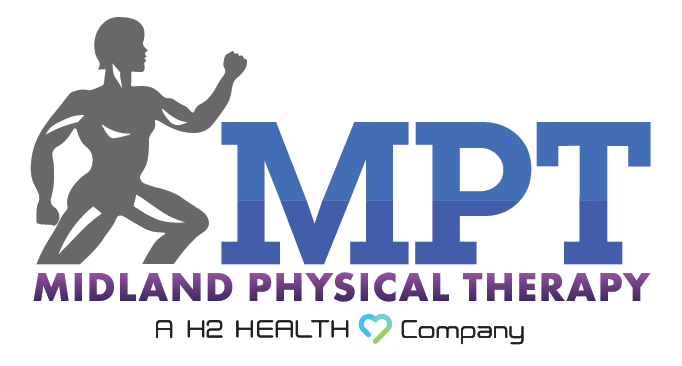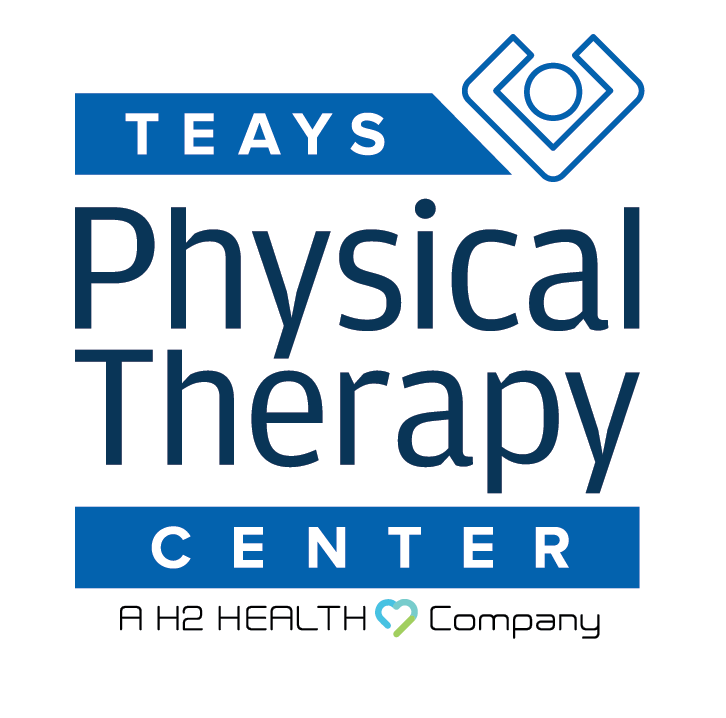
Do you find yourself constantly worried about getting injured every time you try to exercise or participate in physical activities? If so, you are not alone.
Injuries and chronic pain can be a major hindrance to living an active and fulfilling life. Luckily, there are ways to prevent and manage these issues, and physical therapy could be the key to helping you stay injury-free and feel your best.
In this blog, we will explore the many ways in which physical therapy can help prevent injuries, improve your overall physical health, and keep you moving and feeling great.
The Basics of Physical Therapy
Physical therapy is as much about prevention as it is about rehabilitation. It is a specialized form of healthcare that aims to diagnose, treat, and prevent disorders associated with movement and the mechanical malfunction of the body.
This practice is grounded in the belief that a healthy body is in a state of constant motion. By identifying and addressing its problem areas, you can maintain or restore fluid movement. But where does prevention come in? In truth, it is the core of physical therapy.
Physical therapists do not merely wait for an injury to materialize. They work with individuals to develop personalized plans aimed at improving body mechanics, strengthening muscles, and enhancing flexibility—all vital components in the fight against potential injuries.
Role of Physical Therapy for Injury Prevention
Here is what you can expect from physical therapy for injury prevention.
Assessment of Injury Risk
Your first session will likely involve an evaluation of your posture, flexibility, strength, and movement quality. You will be asked about your medical history, any current pain or discomfort, and your goals for therapy. This information provides the foundation for a personalized treatment plan designed to address your specific needs.
Setting Goals and Treatment Plan
Together with your therapist, you will establish realistic goals for your therapy. Whether you want to run a marathon without knee pain or be able to lift your child without back discomfort, these goals will guide the development of your treatment plan.
Your therapist will outline the exercises and techniques you will use to work towards these objectives.
A few common exercises and techniques to protect your body against injury include:
Strengthening Exercises
Strength is the cornerstone of injury prevention. By targeting specific muscle groups, you can support your joints and spine, improving stability and reducing the risk of common injuries.
These exercises may utilize equipment like resistance bands, weights, or your own body weight.
Proprioception and Balance Training
Proprioception is a common term that refers to your body’s awareness of its position in space. It is a vital component of balance and coordination, which are essential for injury prevention, especially in sports. Your physical therapist may use balance boards, stability balls, and specific exercises to enhance your proprioceptive abilities.
Orthotic and Protective Gear Recommendations
Physical therapists can also advise on the use of orthotic devices or protective gear. Custom orthotics for your shoes, knee braces, and athletic tape can all provide additional support and reduce the impact on vulnerable joints during physical activities.
The Integration of Physical Therapy for Injury Prevention into Your Lifestyle
The true effectiveness of physical therapy lies in its integration into your daily routine. Injury prevention is not a one-time fix but an ongoing process that requires dedication and lifestyle adjustments.
Here is how you can seamlessly weave physical therapy into your life:
Consistency and Progress Tracking
Make your prescribed exercises a non-negotiable part of your day, just like brushing your teeth. Use a journal or an app to track your progress, celebrate small victories, and stay motivated.
Adjusting Your Activities
Your physical therapist can offer guidance on how to modify your daily activities and workouts to reduce the risk of injury. Whether it is correcting your form during weightlifting or suggesting low- impact alternatives, these adjustments can make a significant difference.
Regular Follow-ups
Treat your follow-up appointments with your therapist as important as your initial sessions. They provide an opportunity to reassess your progress, make any necessary adjustments to your treatment plan, and receive additional personalized advice.
Physical Therapy at H2 Health
At H2 Health, we are dedicated to helping you prevent injuries and maintain optimal physical health. Our team of skilled physical therapists is ready to evaluate your movement patterns, identify potential risks, and design a personalized exercise program just for you.
We are committed to enhancing your strength, improving your flexibility, and teaching you safe body mechanics. Regular check-ups with us can help you stay on top of your physical health and prevent potential injuries before they happen.
For more information about physical therapy or about us, call today at one of our H2 Health clinics near you. We look forward to serving you!






































